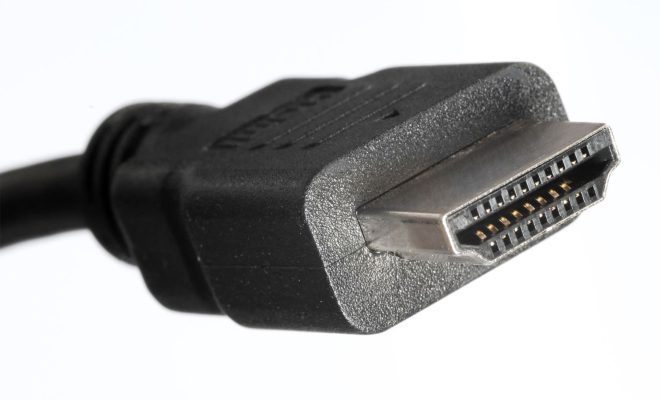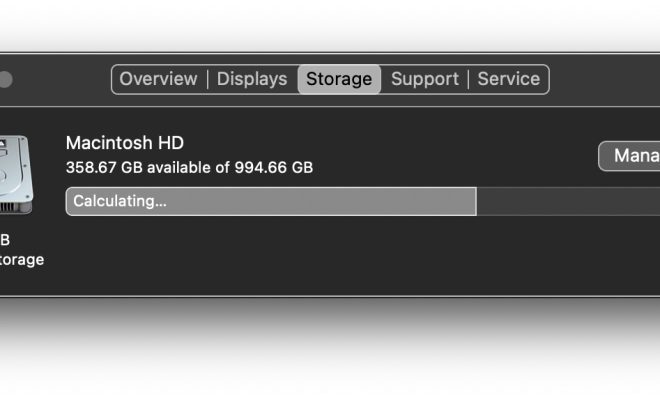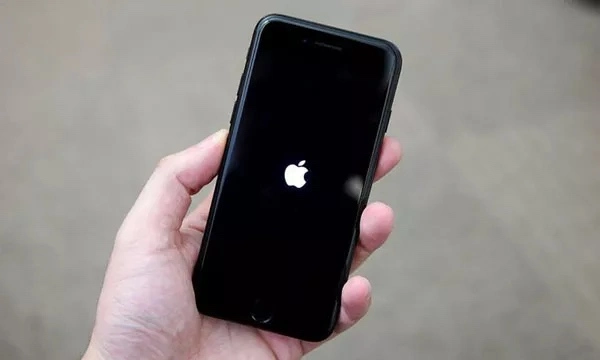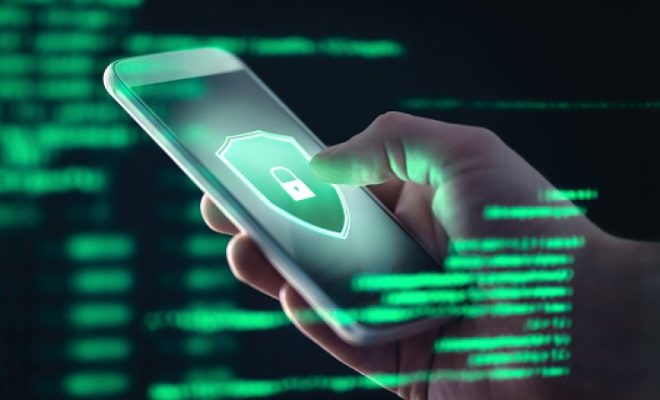Blue vs. Green Bubbles: What’s the Difference Between iMessage and SMS?

In today’s digital world, text messaging has become one of the most common forms of communication. And if you’re an iPhone user, you’ve probably noticed that some of your text messages show up in blue bubbles, while others appear in green.
So what’s the difference between blue and green bubbles? The short answer is that blue bubbles mean the message was sent through Apple’s proprietary iMessage service, while green bubbles indicate that the message was sent as a traditional SMS or MMS text message. But there’s more to it than just that.
iMessage is Apple’s free instant messaging service that allows users to send text messages, photos, videos, and other content through Wi-Fi networks or mobile data. When you send a message on iMessage, it is encrypted and sent over the internet, so both you and the receiver must have an active internet connection. This is why messages sent through iMessage appear in blue bubbles.
On the other hand, traditional SMS (Short Message Service) and MMS (Multimedia Messaging Service) allow users to send text messages, photos, and videos through their cellular network. These messages are typically limited in length to 160 characters, and because they are sent over the cellular network, they require a strong cellular signal to be delivered. Messages sent through SMS or MMS appear in green bubbles.
So, why use iMessage instead of traditional SMS or MMS? For starters, iMessage allows users to send messages to other Apple device users regardless of their location, as long as both parties have an internet connection. This is particularly handy when traveling abroad, where you might not have access to cellular networks but still have Wi-Fi. Additionally, iMessage allows users to send larger files, such as videos or photos, without worrying about exceeding the 160-character limit.
Another advantage of using iMessage is the added security. iMessage uses end-to-end encryption, which means that only the sender and the intended recipient can read the messages. This is particularly important as text messages sent through traditional SMS or MMS are not encrypted, making them vulnerable to interception and snooping.
However, there are some downsides to using iMessage. For instance, it only works on Apple devices, which means that you can only send and receive messages to other iPhone, iPad, or Mac users. If you’re trying to communicate with someone who doesn’t use an Apple device, your iMessage will be automatically converted to an SMS or MMS, and you’ll see the infamous green bubble.






